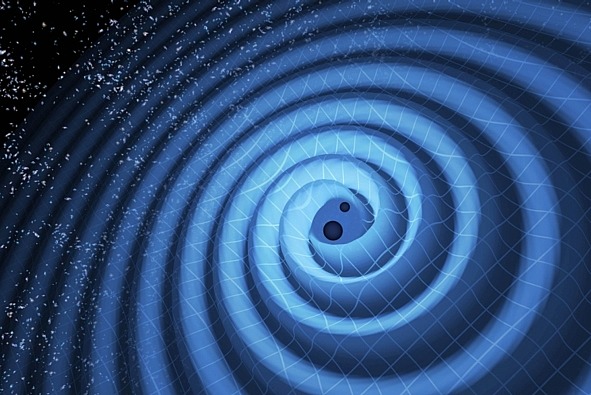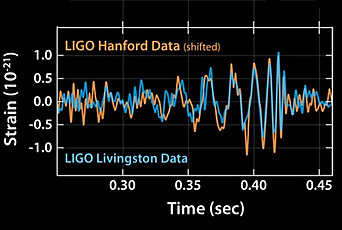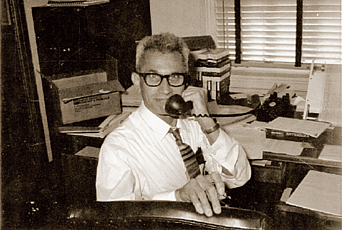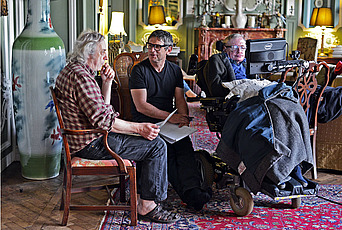
Gravitational Wave Observatory Finds More Colliding Black Holes
Scientists who in February announced their landmark discovery of these ripples in spacetime revealed today that they had detected more—again caused by a pair of crashing black holes. This second find shows that the initial discovery was not a rare windfall, but rather a preview of many more to come, ushering in an era where astronomers can use gravitational waves, rather than light, to “see” black holes and other invisible components of the hidden universe.
LIGO’s success so far is a good indication that it will be able to find gravitational waves at a steady clip. “It allows us to explore literally the dark side of the universe,” says Lawrence Krauss, an Arizona State University theoretical physicist and former Member (2005) in the School of Natural Sciences, who is not involved in LIGO. “Gravitational-wave astronomy will become the astronomy of the 21st century.” Read more on the second confirmation of gravitational waves http://ow.ly/O37E301iAXO.


